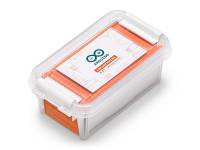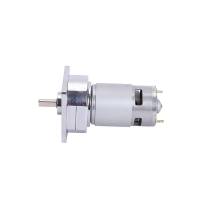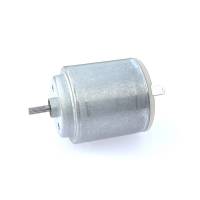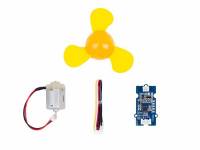The DC motor - buy the all-rounder at Funduino
Like other electric motors, a DC motor within microelectronics follows a very simple physical principle, because they serve to convert electrical energy into mechanical energy. The operation of DC motors is as simple as ingenious: Inside this DC motor is an electromagnet, which is also called the stator. Between the poles of the magnet is a mounted armature (the rotor), which can rotate around itself. The armature itself has carbon brushes. These carbon brushes provide a contact current source.
If the armature is now supplied with current via the carbon brushes, a magnetic force emanates from it. Thus, two magnetic forces act inside the DC motor. Since equal magnetic poles repel each other, but unequal magnetic poles attract each other, the rotary motion of the rotor starts. When the unequal magnetic poles now face each other inside the DC motor, the polarity of the rotor is reversed. This is done by the so-called collector, which is therefore also called a pole changer. After the lightning-fast pole reversal and thanks to the "inertia of the mass", these unequal magnetic poles repel each other again and a continuous rotary motion is generated.






